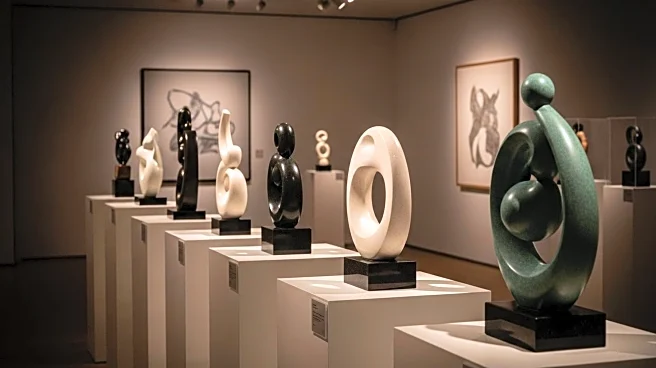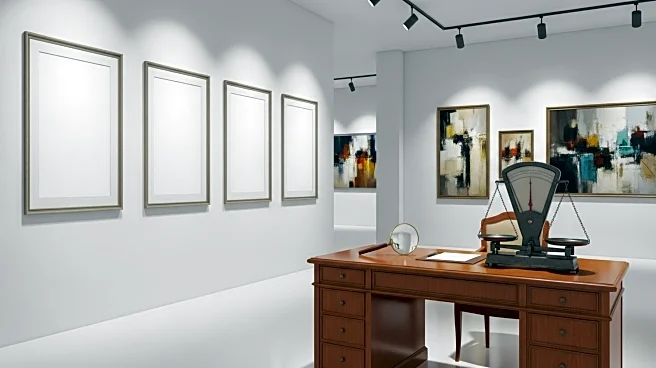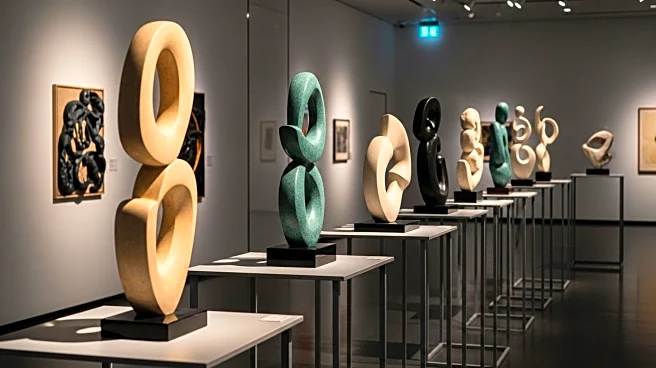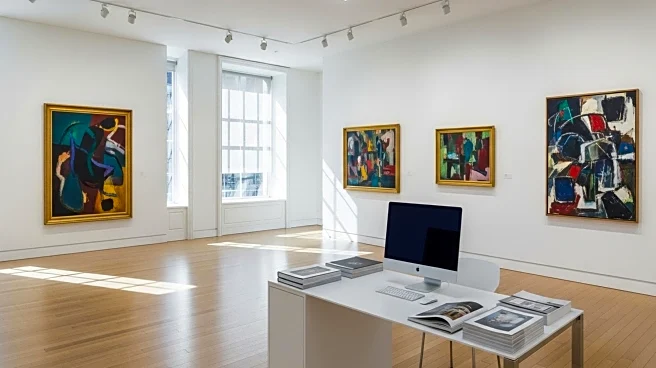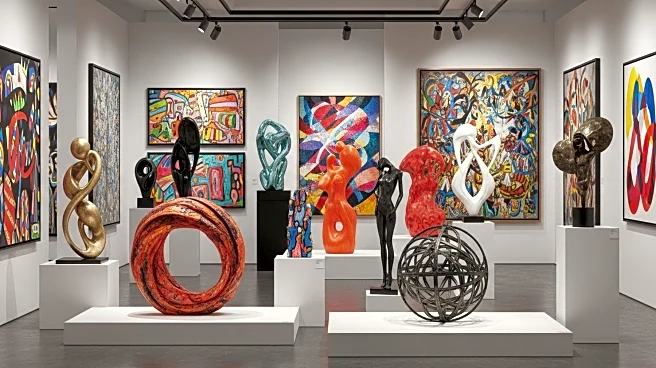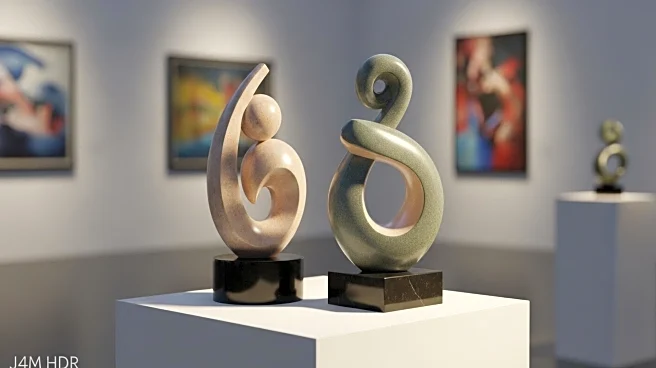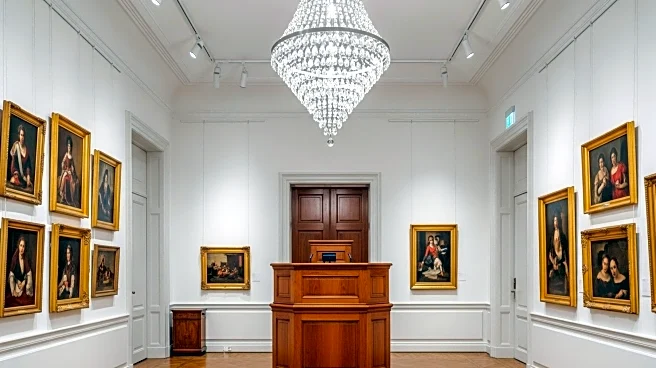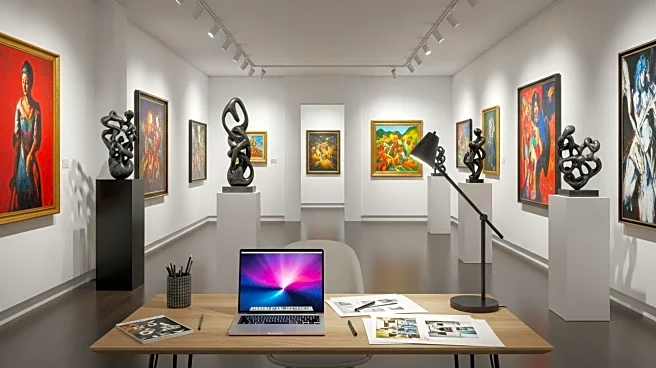What's Happening?
In Nigeria, the art philanthropy landscape is undergoing a transformation, driven largely by private spaces and initiatives led by women. These spaces, including galleries like Rele Gallery, Retro Africa, and Tiwani Contemporary, are redefining cultural stewardship by merging commercial and philanthropic efforts. The absence of structural support such as tax incentives and public funding has led to a reliance on improvisation and personal initiatives. This shift is characterized by a move away from Western models towards context-specific systems of care. Women are at the forefront, establishing galleries, fairs, and artist residencies that foster local and global market access while nurturing emerging and established artists. The Rele Arts Foundation, for example, operates alongside its commercial space to promote contemporary art in Africa, emphasizing art's potential for social change.
Why It's Important?
The evolution of art philanthropy in Nigeria is significant as it highlights the role of private patronage in filling gaps left by the state. This shift has implications for the sustainability and scalability of the art ecosystem, as private initiatives often lack the formal support needed for long-term growth. The focus on community-based practices and cultural responsibility is reshaping the values and aesthetics of the Nigerian art scene. Women, as cultural entrepreneurs, are playing a crucial role in addressing systemic gaps, thereby influencing the future of art in Nigeria. This transformation not only strengthens the local art ecosystem but also promotes cultural pride and global connections, positioning Nigeria as a key player in the international art world.
What's Next?
The continued evolution of Nigerian art philanthropy is likely to see further integration of private and public efforts, with potential for increased collaboration between local and global partners. As private patronage continues to fill the void left by government inaction, there may be a push for more formal support structures to ensure sustainability. The role of women in shaping the art ecosystem is expected to grow, with more initiatives aimed at fostering critical engagement and experimentation. The focus on community-based practices may lead to new models of cultural stewardship that prioritize local investment while building global connections.
Beyond the Headlines
The shift towards private patronage in Nigerian art philanthropy raises questions about the narratives being supported and the potential sidelining of less commercially appealing practices. While private initiatives foster talent, they can also influence public perceptions of what is considered valuable art. This dynamic underscores the need for critical engagement and long-term institutional thinking beyond market forces. The rise of independent curators and alternative spaces signals a move towards more diverse practices, but support for such work remains precarious. The future of Nigerian art may depend on sustained local investment in thought, care, and curatorial depth.


